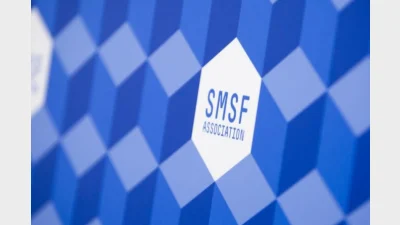Low balance SMSFs not losing money


Self-managed superannuation funds (SMSFs) with low balances are either new and growing or shrinking and exiting as opposed to the suggestions that they are not cost effective, according to a report.
Class Super's SMSF benchmark report applied data to the industry commentary suggesting that SMSFs with smaller balances were not cost effective, citing that based on the Australian Taxation Office (ATO) data, funds with balances of $50,000 or less had lost 15 per cent over seven years to June 2014.
"In FY15 about 50 per cent of funds in the less than $50,000 bracket were either newly established in the year, or entered the less than $50,000 bracket due to drawdowns or rollovers during the year," the report said.
"In FY16 a similarly large number of these funds either grew their balances to greater than $50,000 or were wound down due to benefit payments or rollovers.
"… the dynamics of funds with balances of less than $50,000 are similar to that of an airport transit lounge, with constant arrivals and departures. On average these funds come and go from the less than $50,000 bracket in about two years."
Class said given the high turnover in this bracket, it was incorrect to assume that funds with low balances were sitting around for many years paying ongoing high fees.
Recommended for you
The impact of identity theft and its threat to superannuation savings were highlighted in a case that went before the Federal Court at the end of 2023.
A recent NSW Supreme Court decision is an important reminder that while super funds may be subject to restrictive superannuation and tax laws, in essence they are still a trust and subject to equitable and common law claims, says a legal expert.
New research from the University of Adelaide has found SMSFs outperformed APRA funds by more than 4 per cent in 2021–22.
The SMSF Association has made a number of policy recommendations for the superannuation sector in its pre-budget submission to the government.












